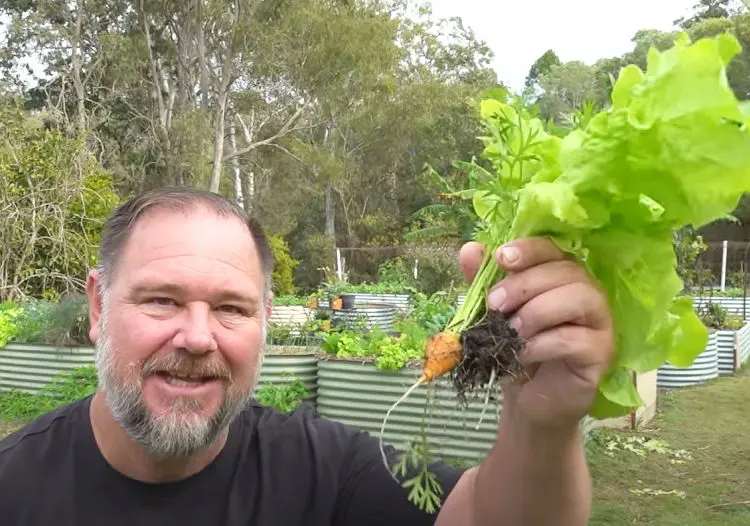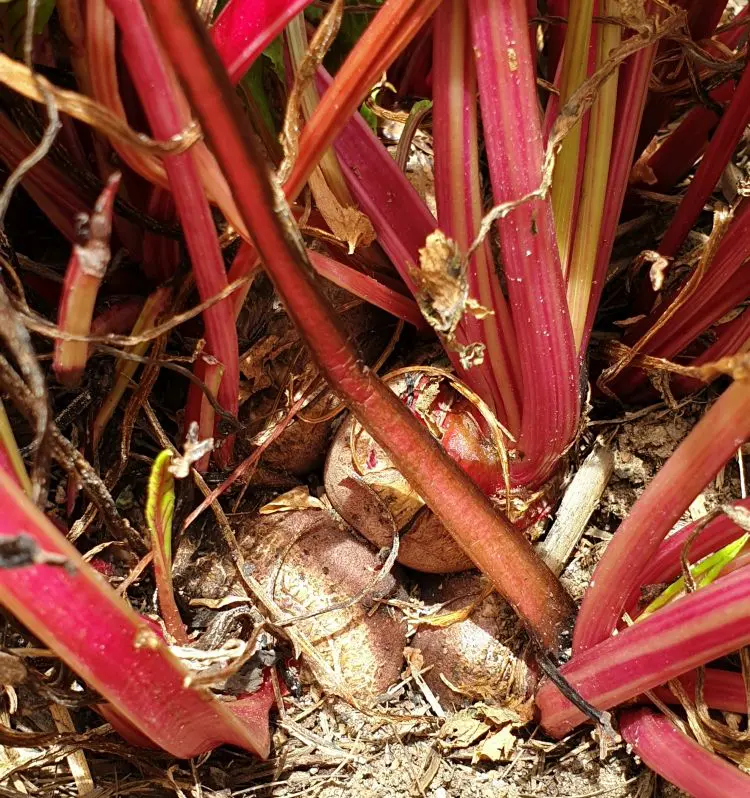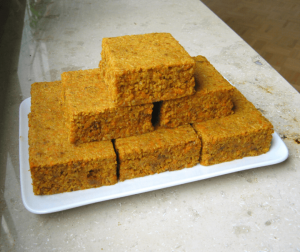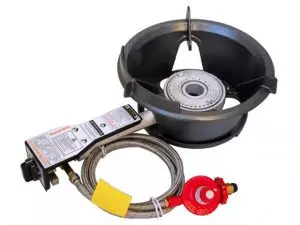One of the best gardening problems you can have is too many plants. Sometimes, when you grow from seed, germination can be better than you expect & the garden quickly becomes overcrowded. When this happens, your plants can suffer and fail to thrive because they simply don’t have enough space & resources to reach their full potential.

When this happens, we need to thin out our seedlings. Quite simply, thinning out is the process of reducing the number of plants in any one growing space so that each remaining plant has adequate space & nutrients to grow healthily.
While it goes against our instincts to pull out living plants, overcrowding means they are constantly stressed, fighting against each other for light, space and nutrients (think of your average mosh pit-it’s like that).
Identify What Needs to be Thinned Out
Nature can be a fickle mistress, often just sowing seeds in the one spot so that they grow in a clump. A few exceptional veggies will thrive when this happens because they happily grow bunched together, but most will suffer for it.
Beetroot is one of the exceptions that grows well when over-sown. This is because beetroot is a ‘cluster vegetable‘, and is basically designed to grow in clumps. What looks like an individual beetroot seed is in fact several seeds joined together, so even if you were to sow single seeds and space them well apart, you’ll still find your beetroots growing together in groups of 3 or 4. So if beetroot seeds are sown very close together it does them no harm, as it’s not deviating from their natural growth habit.

Generally speaking, I over-sow most of my veggies then thin them out as required. I think this is better than spacing the seed out when sowing, because you can often harvest & eat the immature plants you’re pulling out. This works particularly well with beetroot and lettuce, whose young leaves are especially delicious.
Larger fruiting plants are a little more difficult. Tomatoes, eggplant & capsicums, for example, have inedible foliage and won’t grow properly if left in a clump. Carrots, in particular, will fail to thrive if not thinned out effectively when young. Plants like these are best to be thinned out early in their growth stage. This way you can choose to leave the strongest seedlings in situ and transplant or discard the weaker ones.

When it comes to choosing which individual seedlings to remove, consider their final size, growth habit, and position within the garden bed. It’s no good having two strong-looking seedlings too close to each other or right in the middle of a bed. Thin out seedlings in such a way that your plants are evenly spaced throughout the bed.
Thinning these types of crops out is beneficial because they really do need some space between each plant: tall fruiting plants need to be able to grow uncontested so they can become productive. They have significant nutrient, light & airflow requirements, and crowding them in simply prevents them from getting what they need.

Use Two Hands
Young seedlings are small, delicate and easily damaged. If you yank them out randomly with one hand, you risk damaging both the seedling you’re removing and the ones you’re leaving in place. Root structures in particular are so fragile that they can easily suffer shock.
It’s always best to take your time and use 2 hands to remove seedlings. To do this, take hold of the base of the seedling you want to remove with one hand. With the other hand, hold down the next nearest seedling and the surrounding soil. This limits soil and root disturbance when you pull a seedling out. Once your seedling is removed, gently pat down the remaining soil.

If you do disturb the soil a bit too much, carefully put it back then water it back in. Keep your hose on a gentle mister-type setting while doing so.
Remove Larger Edible Root Crops First
When it comes to crops with edible leaves like beetroot, it’s best to thin the largest seedlings out first. In this way, you’re eating those fantastic baby greens then leaving the smaller seedlings to develop into full-sized productive plants. This allows you to start eating from your garden within just a few weeks of sowing seed, which will continue right throughout the season; almost a sort of continual cropping.
Remember, this is the opposite to crops with inedible foliage like tomatoes, cucumber, & eggplant, where you want to thin out the smallest seedlings first. Lettuce can be thinned out and transplanted elsewhere or simply picked & eaten as you need it, which is what I do.

Give a Little Extra Water & Nutrients
If you’ve prepared & nourished your soil adequately before sowing seed, you shouldn’t need to add much extra fertiliser (certainly not for the first few weeks). If you’re crowd-growing and find that your seedlings need a boost, give them some extra water and and fertiliser. Liquid fertiliser is the easiest type of product to use in this situation. Trying to sprinkle granular fertiliser or chicken manure around a busy root zone is fiddly and prone to burning tender young root systems. Increase the watering up to twice a day if necessary, and keep the spray at a gentle mist.
Eat or Transplant
To eat or to transplant, that is the question! Some seedlings don’t transplant well, and are better to be eaten in their immature state. Carrots and beetroot are good examples of this. They both have extremely delicate feeder root systems that simply can’t cope with being disturbed. Leave them grow until they’re big enough to get a small harvest from, then eat them. You may have some limited success with transplanting them, but ask yourself if the time & effort would be worth it.

Those that can be transplanted, like lettuces, tomatoes, celeriac, etc, can be used to ‘fill gaps’ anywhere in your garden beds. When transplanting, make sure to keep some of the rootball intact and water in well. If you are concerned about transplant shock, do the transplanting in the evening so as to avoid harsh sun, and water in with a weak seaweed-based solution like those from Plant Doctor.
For more info on how to thin out a ton of seedlings, check out our youtube video!













